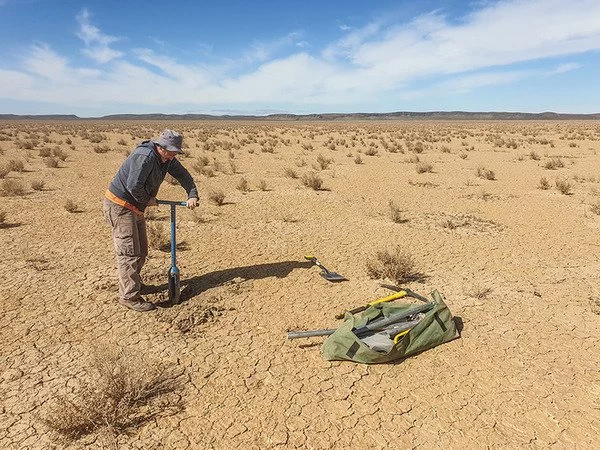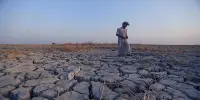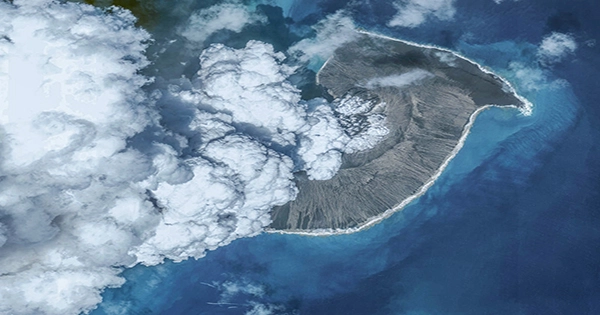New evidence indicating the presence of ancient lakes in some of South Africa’s most dry locations implies that Stone Age humans were more widespread than previously imagined.
More archaeological work in the interior regions of South Africa, a country famous for its globally significant archaeological record, according to research led by the University of Leicester, may reveal more about our ancient ancestors and their movements. The findings of the researchers have been published in the journal PNAS.
South Africa’s Stone Age archaeological record, particularly within the last 150,000 years, has received considerable attention, owing in part to the presence of several notable coastal caves and rock shelter records. Human presence and resources in the vast interior portions of the country, on the other hand, have remained much more enigmatic.
The research demonstrates that the region once provided a variety of resources, and the archaeological ‘gap on the map’ is much more likely to reflect a lack of sites maintaining deep archaeological deposits.
Dr. Andrew Carr
An international team of researchers from South Africa, the United Kingdom, the United States, and France have discovered that several large bodies of water existed in the now-arid South African interior during the last Ice Age, particularly 50,000-40,000 years ago and again 31,000 years ago. Importantly, the researchers were able to predict how much water was required to fill these palaeo-lakes, allowing them to reconstruct the climatic changes required to form lakes, as well as the ensuing implications on the region’s hydrology, vegetation, and wildlife.
Their discoveries create a picture of a diversified and bountiful environment capable of supporting hunter-gatherer tribes at the time.
Team member Dr. Andrew Carr from the University of Leicester School of Geography, Geology and the Environment said: “This is currently the best evidence for when these lakes existed. This region has been something of a gap on the map, climatically and archaeologically. We know humans were present at times during the last ice age, as archaeological materials are scattered across the landscape surface. This new work hints at when and why humans used this landscape.”

“These areas look inhospitable today, but were seemingly much less so at times in the past, and this has implications for when and how groups of people used the landscape and potentially how they were connected and exchanged ideas.”
“It also tells us something about how vulnerable ecosystems and environments are to global climate change. You can see how these desert landscapes may respond to global climate change in important ways, and you can see how the human species would have responded and how adaptable it would have been.”
The researchers looked at three lakes in South Africa, from the arid western interior to Kimberley in the east. They assessed lake sizes and capacity as well as dating shorelines using radiocarbon and luminescence dating methods. The circumstances required to form the investigated lakes, according to computer models of area hydrology, would have resulted in broad alterations in the region’s many (now ephemeral) rivers and lakes as the water table rose.
“The next step is to look for sites where we can do more direct dating of the occurrence of stone tools in this region,” Dr Carr continued. The research demonstrates that the region once provided a variety of resources, and the archaeological ‘gap on the map’ is much more likely to reflect a lack of sites maintaining deep archaeological deposits. Most materials in the region are lying in the open on the desert surface with no stratigraphic context, making it difficult to determine how long they have been there.”
















